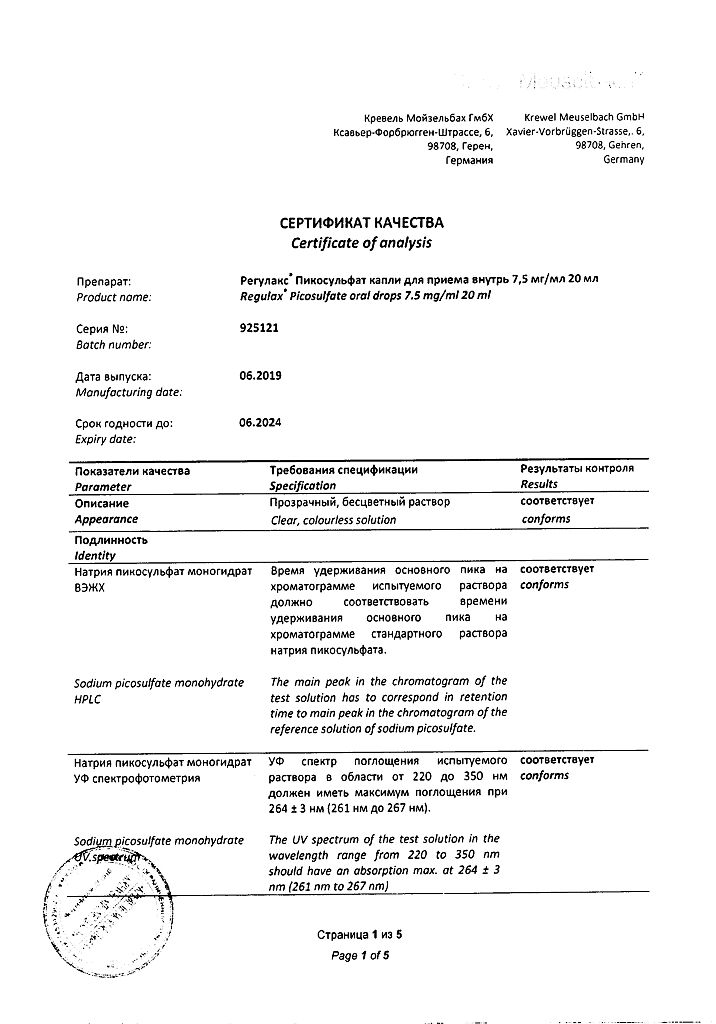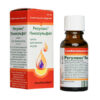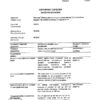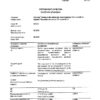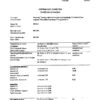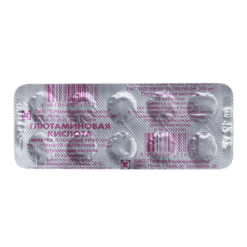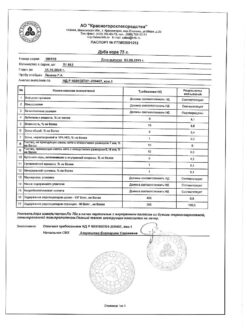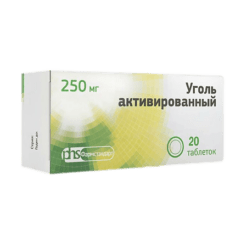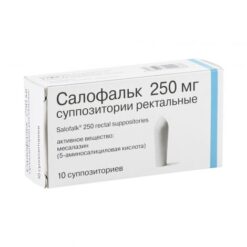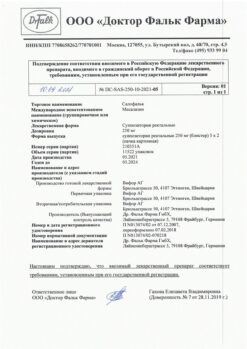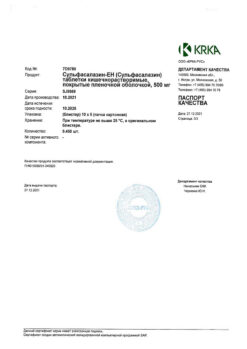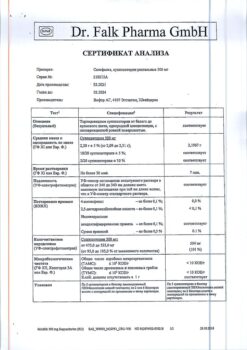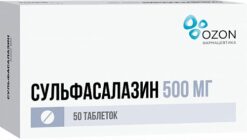No products in the cart.
Regulax Picosulfate, drops 7.5 mg/ml 20 ml
€12.65 €11.07
Description
Anal fissures, Constipation, Hemorrhoids, Preparation for diagnostic procedures
Atonic constipation. Stool regulation (hemorrhoids, proctitis, anus fissures).
Indications
Indications
As a laxative in the following cases:
– constipation caused by atony and hypotension of the colon (including in old age, in bedridden patients, after operations, after childbirth and during lactation);
– constipation caused by taking medications;
– to regulate stool in case of hemorrhoids, proctitis, anal fissures (to soften the consistency of stool);
– gallbladder diseases, irritable bowel syndrome with a predominance of constipation;
– constipation caused by intestinal dysbiosis and diet disorders.
Pharmacological effect
Pharmacological effect
Pharmacotherapeutic group: laxative
ATX code: А06АВ08
Pharmacological properties
Pharmacodynamics. The active ingredient, sodium picosulfate, is a laxative of the triarylmethane group. As a local laxative, sodium picosulfate, after bacterial breakdown in the large intestine, has a stimulating effect on the colon mucosa, increasing peristalsis, and promoting the accumulation of water and electrolytes in the large intestine. This leads to stimulation of the act of defecation, reduction of evacuation time and softening of the stool.
Sodium picosulfate, being a laxative acting at the level of the colon, stimulates the natural process of evacuation of contents from the lower parts of the gastrointestinal tract. Therefore, sodium picosulfate does not affect the digestion or absorption of high-calorie foods or essential nutrients in the small intestine.
Pharmacokinetics.
Absorption: insignificant, the drug is almost completely metabolized in the intestinal wall and liver to an inactive glucuronide.
After oral administration, sodium picosulfate enters the large intestine; absorption of the drug is insignificant, which excludes its enterohepatic circulation. In the distal colon, sodium picosulfate is broken down to form the active metabolite, bis-(p-hydroxyphenyl)-pyridyl-2-methane. The time for development of the laxative effect of the drug is determined by the rate of release of the active metabolite and is usually 6–12 hours after use (average 10 hours).
A small part of the drug enters the systemic circulation. There is no relationship between the laxative effect of the active metabolite and its concentration in the blood serum.
After taking 10 mg of the drug orally, about 10.4% of the total dose is excreted by the kidneys in the form of glucuronide after 48 hours. When using higher doses of the drug, its excretion by the kidneys is generally reduced.
Special instructions
Special instructions
Do not use the drug daily without consulting a doctor for more than 10 days. Long-term use of high doses of the drug can lead to fluid loss, electrolyte imbalance, and hypokalemia.
There have been reports of dizziness and/or fainting in patients taking sodium picosulfate. Analysis has shown that these cases are associated with syncope with defecation (or syncope caused by straining to defecate), or with a vasovagal reaction to abdominal pain, which may be due to constipation and is not necessarily related to the drug.
Children should take the drug only as prescribed by a doctor.
Instructions for patients with diabetes: 1 ml (20 drops of the drug) contains 456 mg of sorbitol, which corresponds to 0.03 bread units (XE).
The drug contains 200 mg of propylene glycol per 1 ml or 270 mg of propylene glycol in a maximum dose of 27 drops, which is equivalent to 3.9 mg/kg/day (per adult patient).
Impact on the ability to drive vehicles and machinery
No special clinical studies have been conducted on the effect of the drug on the ability to drive vehicles and operate machinery. Despite this, patients should be advised that they are experiencing a vasovagal reaction (i.e. during spasm
intestines) dizziness and/or fainting may occur. If patients experience intestinal spasms, they should refrain from performing potentially hazardous activities that require increased concentration and speed of psychomotor reactions (driving vehicles, working with moving mechanisms, working as a dispatcher, operator).
Active ingredient
Active ingredient
Sodium picosulfate
Composition
Composition
Active ingredient:
Sodium picosulfate, monohydrate 7.50 mg.
Excipients: liquid sorbitol (non-crystallizing), propylene glycol, purified water.
Pregnancy
Pregnancy
There are no reliable and well-controlled studies in pregnant women. Long-term experience with use has not revealed a negative effect of the drug on pregnancy. Taking the drug in the first trimester of pregnancy is contraindicated.
Studies on the effect of the drug on fertility have not been conducted. In preclinical studies, no teratogenic effects on reproduction were identified. In the second and third trimesters of pregnancy (as with other laxatives), use
The drug is only available as prescribed by a doctor.
The active metabolite and its glucuronides are not excreted in breast milk. Thus, the drug can be used during breastfeeding.
Contraindications
Contraindications
– intestinal obstruction or obstructive bowel disease;
– acute diseases of the abdominal organs or severe abdominal pain, which may be accompanied by nausea, vomiting, fever, including appendicitis;
– acute inflammatory bowel diseases;
– hypersensitivity to sodium picosulfate or other components of the drug;
– severe dehydration;
– fructose intolerance.
With caution
Old age, hypokalemia, increased concentration of magnesium in the blood, renal failure.
Side Effects
Side Effects
From the gastrointestinal tract, discomfort, nausea, vomiting, cramps and pain in the abdomen, and diarrhea are possible.
From the nervous system, dizziness and fainting are possible. Dizziness and fainting that occur after taking the drug may be associated with a vasovagal reaction (for example, straining during bowel movements, abdominal cramps).
On the part of the immune system, allergic reactions, angioedema, and allergic dermatitis are possible.
On the skin and subcutaneous tissues, skin rash, urticaria, itching are possible.
On the metabolic side, increased excretion of potassium, sodium and other electrolytes, dehydration.
Interaction
Interaction
Diuretics or glucocorticosteroids increase the risk of electrolyte imbalance (hypokalemia) when taking high doses of Regulax® Picosulfate.
Electrolyte imbalance may increase sensitivity to cardiac glycosides.
The combined use of the drug and antibiotics may reduce the laxative effect of the drug.
Overdose
Overdose
Symptoms. When taking high doses, the following are possible: diarrhea, dehydration, decreased blood pressure, water-electrolyte imbalance, hypokalemia, convulsions. There are reports of cases of ischemia of the muscles of the large intestine associated with taking doses of the drug significantly higher than recommended. Chronic overdose of the drug can lead to chronic diarrhea, abdominal pain, hypokalemia, secondary hyperaldosteronism, and urolithiasis. Due to chronic laxative abuse, it may
develop renal tubular damage, metabolic alkalosis, and muscle weakness associated with hypokalemia.
Treatment. To reduce the absorption of the drug after oral administration, you can induce vomiting or perform gastric lavage. Fluid replacement and correction of electrolyte balance may be required, as well as antispasmodics.
Storage conditions
Storage conditions
At a temperature not exceeding 25 °C.
Keep out of the reach of children.
Shelf life
Shelf life
5 years.
Shelf life after opening the bottle is 6 months.
Do not use after expiration date.
Manufacturer
Manufacturer
Crevel Meuselbach GmbH, Germany
Additional information
| Shelf life | 5 years |
|---|---|
| Conditions of storage | At 15-25 °C |
| Manufacturer | Krevel Meuselbach GmbH, Germany |
| Medication form | oral drops |
| Brand | Krevel Meuselbach GmbH |
Related products
Buy Regulax Picosulfate, drops 7.5 mg/ml 20 ml with delivery to USA, UK, Europe and over 120 other countries.


